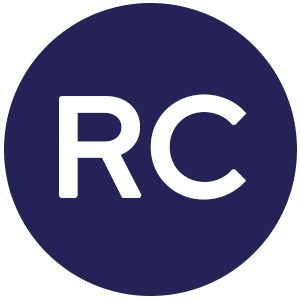Before the onset of the COVID-19 pandemic, most people’s awareness of powered air-purifying respirator (PAPRs) came from the movies: the spacesuit-inspired headgear atop a full-bodied hazmat suit that medical professionals wore when entering an area ravaged by a deadly pathogen. PAPRs and their counterparts, controlled air-purifying respirators (CAPRs), have been implemented in far less dramatic situations in hospitals for decades – but most hospitals historically kept limited supplies on hand.
That changed when the COVID pandemic set in and hospitals recognized an acute need for many of these devices. Hospitals either purchased or rented enough units to get through what they felt would be a short-term public health emergency. Yet 18 months later, PAPRs and CAPRs are as much in demand as they were in March and April 2020.
Keeping this personal protective equipment clean, working, and circulating properly is a top priority for hospitals across the country and around the world.
PAPR and CAPR workflows: what you need to know
PAPRs and CAPRs are costly investments. Full sets, including the headgear, hood, battery pack, filter, and air tube, can cost upward of $2,000 per unit — and that’s not even including the recurring costs for disposable components. In large hospitals that have flipped floors or entire wings to serve an influx of COVID patients in the past several months, inventories of PAPRs and CAPRs can run in the hundreds. Even with such a large fleet, some of the components of PAPRs and CAPRs – such as the headgear, battery pack, and filter unit – need to be shared by multiple healthcare workers serving on different shifts.
The problem for many hospitals is that PAPRs and CAPRs generally don’t follow the same workflow as other mobile equipment in a hospital. They’re not wheeled into a floor’s soiled utility room, taken to the central equipment supply room, and then returned to each floor’s clean utility room. There are many reasons for this. Sometimes it’s the speed with which a PAPR or CAPR needs to be transferred from a person coming off a long shift to a person coming on. Other times, a person coming off a long shift is so tired, they may forget to put the equipment in its designated space for pickup and cleaning. The list goes on.
There are a few risks that stem from these scenarios. The first, obviously, is an increased risk for infection among clinical staff. Yes, health care workers can quickly take an alcohol wipe to clean off high-touch portions of a PAPR or CAPR between uses. But that’s not a thorough cleaning – and a soiled device can carry pathogens like the flu, staph, and – yes – COVID not only to patients, but among staff as well. Another risk: If a PAPR or CAPR is not clean and available to staff whenever they feel they need it, they’ll tell their managers they don’t have enough equipment, and those managers will ask the hospital to purchase more. Given the $2,000 price point referenced earlier in this post, that cost can add up for a hospital very quickly. And if the hospital administration doesn’t have any other evidence to determine whether there’s a real need or just a perceived one, they’ll probably spend money that could be better used elsewhere.
How an RTLS can improve PAPR and CAPR workflows
A real-time location system (RTLS) can provide the data hospitals need to make better safety and financial decisions in these situations.
An RTLS can provide visibility into the workflow of a hospital’s PAPRs and CAPRs, identifying how they’re circulating through the regular cleaning system. Once that process is understood, the hospital can adjust its workflow process to set up rules for the RTLS – for example, setting up an alert for cleaning staff to be notified the moment when a PAPR or CAPR is placed in a designated soiled area. The equipment can be picked up immediately, prioritized for cleaning, and quickly returned to a clean utility room for its next use. This new workflow could reduce the chance for infection to spread between two soiled uses and increase the chance a clean PAPR or CAPR is ready for a staff member when needed.
As COVID transitions from the pandemic to endemic stage, hospitals will continue to rely heavily on PAPRs and CAPRs to keep their staffs – and their patients – as safe as possible.
To learn about how the room-level, enterprise-wide accuracy of the Cognosos RTLS can help optimize your PAPR or CAPR fleet’s workflow, please contact us today.



